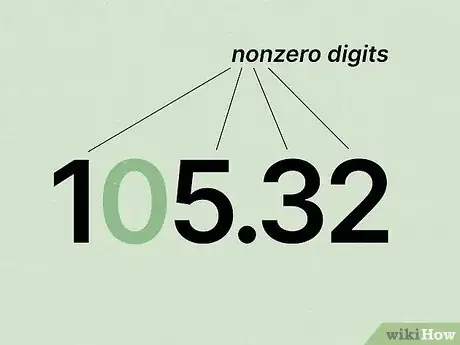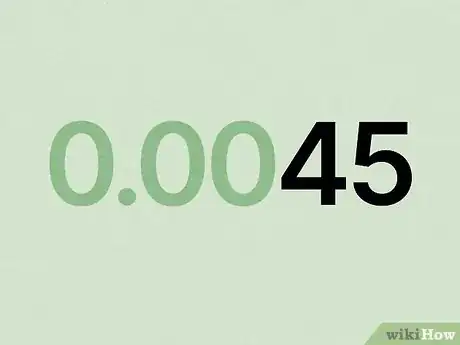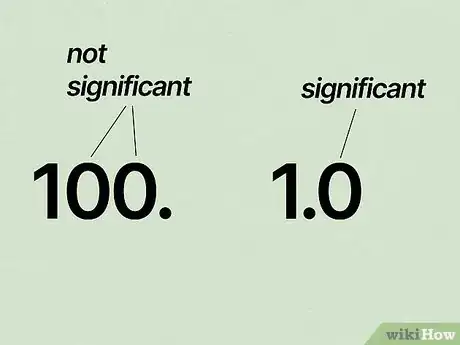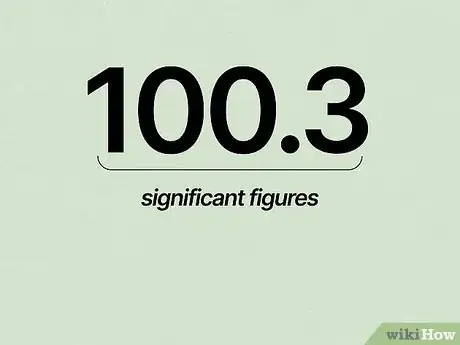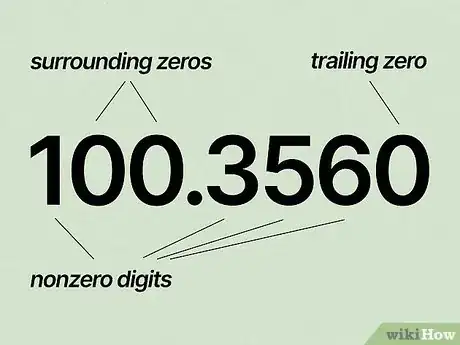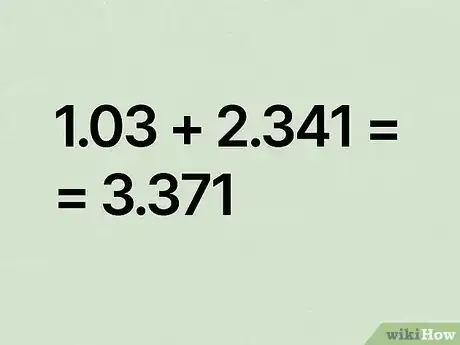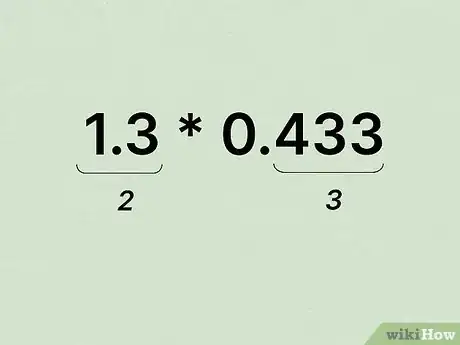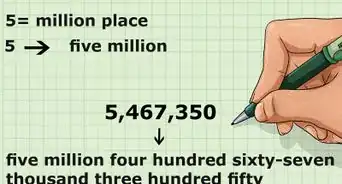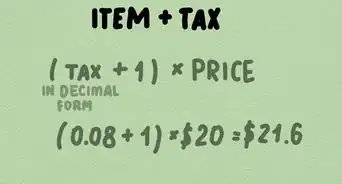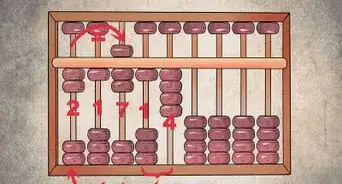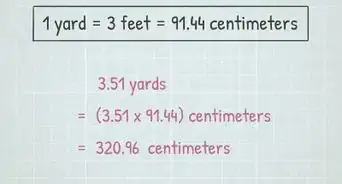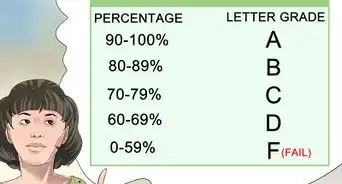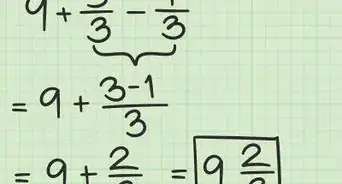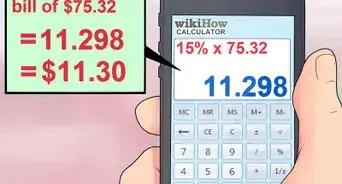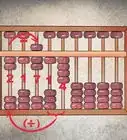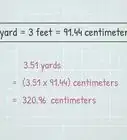X
wikiHow is a “wiki,” similar to Wikipedia, which means that many of our articles are co-written by multiple authors. To create this article, volunteer authors worked to edit and improve it over time.
This article has been viewed 2,220 times.
Learn more...
Significant figures are a technical way of writing numbers that give an indication of the accuracy of the equipment being used. They do this based on the number of significant figures present in the value retrieved from the equipment. They are an important part of maintaining accuracy when writing data in a technical manner.
Steps
Part 1
Part 1 of 3:
Determining the Number of Significant Figures
-
1Record the number of nonzero digits present in the value. For example, 105.32 has 4 nonzero digits.
-
2Find any initial zeroes. These do not count as significant figures, and do not contribute to the total number of significant figures in the value. Initial zeroes can be located both before and after the decimal point. For example, the zeroes in 0.0045 are not significant values.Advertisement
-
3Find any applicable trailing zeroes. Trailing zeroes are any string of zeroes at the end of a value. There are two different types of trailing zeroes, before and after the decimal point. Trailing zeroes before the decimal point (i.e. the 0s in 100) are not significant figures, while trailing zeroes after the decimal point (i.e. the 0 in 1.0) are significant.
-
4Find any zeroes surrounded by significant figures. Any zeroes that are surrounded by significant figures on both sides are significant, even including other significant zeroes. For example, 100.3 has 4 significant figures, and 10.0 has 3 significant figures.
-
5Sum up the total number of significant figures and record the total number of significant figures. For example, 100.3560 has 4 nonzero digits, 1 trailing zero, and 2 surrounding zeroes, therefore there are 7 significant figures in the value.
Advertisement
Part 2
Part 2 of 3:
Adding and Subtracting With Significant Figures
-
1Find the number of values to the right of the decimal point in each of the values that you are adding. For example, in 1.03+2.341, 1.03 has 2 values and 2.341 has 3 values.
-
2Add or subtract up the values and record the total number ignoring significant figures. For example, in the case of 1.03+2.341, the answer is 3.371.
-
3Round the final value to the least number of significant figures on the right of the decimal place. In 1.03+2.341, the answer 3.371 is rounded down to 3.37 since 1.03 has 2 digits.
Advertisement
Part 3
Part 3 of 3:
Multiplying and Dividing with Significant Figures
-
1Calculate the number of significant figures that are present in each of the values. In 1.3x0.433, 1.3 has 2 significant figures while 0.433 has 3 significant figures.
-
2Multiply or divide the values and record the total numbers. In 1.3x0.433, the answer is 0.5629, which has 4 significant figures.
-
3Round the final value to the least number of significant figures. 1.3x0.433 is 0.5629, which is rounded to 0.56 because 1.3 has 2 significant figures.
Advertisement
References
About This Article
Advertisement
